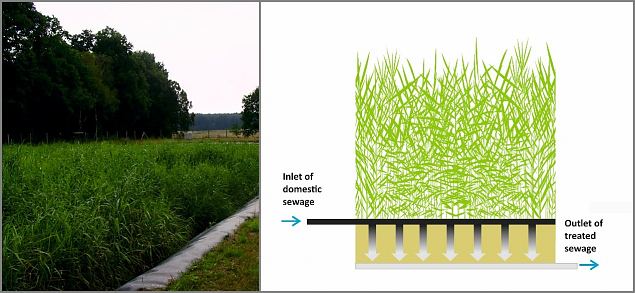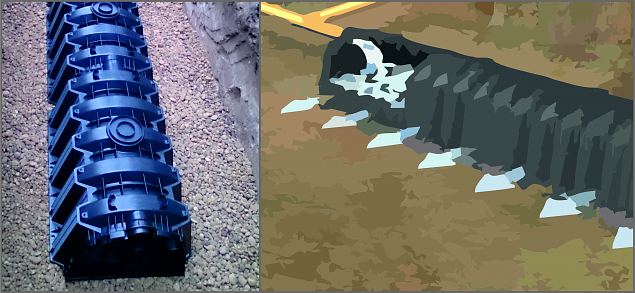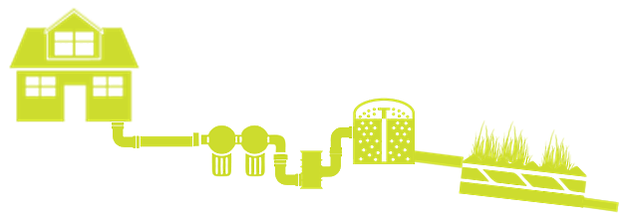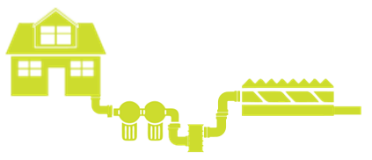 Natural wastewater treatment systems Natural technologies of wastewater treatment use modified natural self-treatment processes that take place in the ground soil and water environment. Systems are easy to install, owner can engage in the installation, thus reducing investment costs Natural wastewater treatment systems
Natural wastewater treatment systems Natural technologies of wastewater treatment use modified natural self-treatment processes that take place in the ground soil and water environment. Systems are easy to install, owner can engage in the installation, thus reducing investment costs Natural wastewater treatment systems Cleaner water
in your village and aroundNatural wastewater treatment systems
Natural technologies of wastewater treatment use modified natural self-treatment processes that take place in the ground soil and water environment.
Wastewater with high organic content and high load of fats, oils, oil derivatives without pre-treatment are unsuitable for natural wastewater treatment systems.
Natural treatment methods are used either as only WWT solutions for dwelling, hotels, recreational facilities, restaurants and summer camps, if it is allowed by national legislation, or for polishing after septic tank or packaged WWT plant discharge or for infiltration of treated wastewater. Constructed WetlandsConstructed treatment wetlands represent a biological treatment stage – secondary and/or tertiary. It is based on slow filtration of pre-treated wastewater. It may also be used for tertiary treatment of effluent from WWT plants with activated sludge process.
Constructed wetlands are constructed filtration systems planted with vegetation (most often reed) with defined filter material and direction of wastewater flow. The basic principle of this method for sewage treatment is the flow of wastewater through the filtration system, which is planted with vegetation. There are three types of constructed wetlands used – sub-surface flow constructed wetland, surface flow constructed wetland, hybrid system – a combination of subsurface flow and surface flow systems. |
Infiltration fieldEffluent after its treatment in the pre-fabricated WWT plant or septic tank trickles out of the pipes, through the gravel layer, and into the soil where additional treatment occurs. The filtering, which is characterised with suction velocity, is strongly dependant on the type of soil. Therefore, the area of infiltration field should be designed individually in the each particular case.
Since the sewage treatment result is not easy to control, the infiltration field is not used for wastewater treatment, but only for treated wastewater discharge after pre-fabricated WWT plants or septic tanks. Infiltration fields are not suitable for the regions with high level of groundwater. |
| ||||||||||||||||
VillageWaters Project
VillageWaters suggest most effective wastewater treatment solutions in scattered dwellings households, which use their own, independently operated water purification systems.
Helping Homeowners
Environmentally oriented families and homeowners, who live in scattered dwellings areas, where connecting to larger wastewater plants is not option because rural distances.
Project publications
Information Tool, article base and blog will be linked directly to our website.
See also our Facebook pages

Communication
SYKLI Environmental School of Finland
PL 72, 11101 Riihimäki, Finland
Jari Heiskanen (Chief Web Manager),
phone. +358 50 375 2657,



